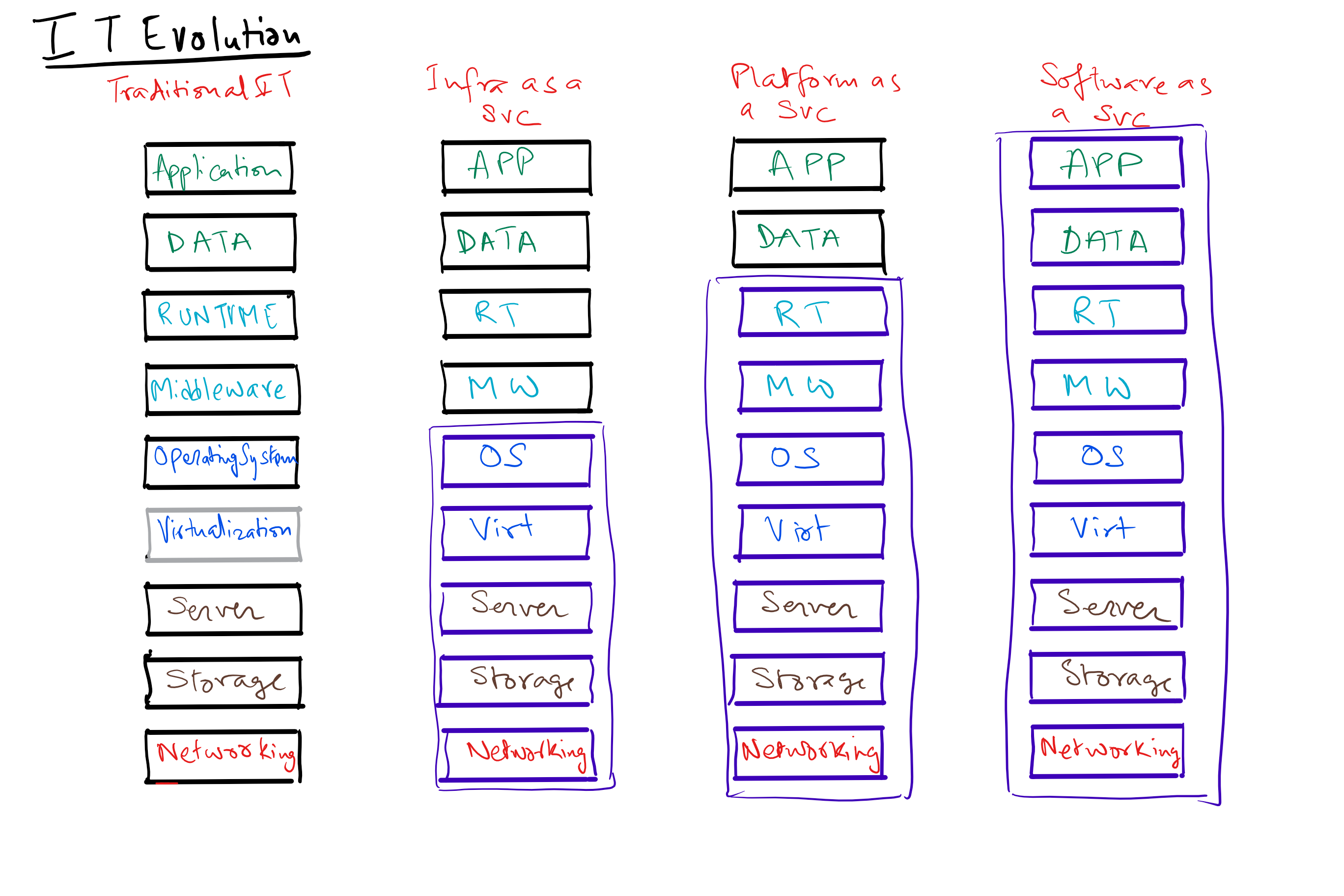So what is the crux of the problem:
- Capitalism promotes migration of jobs and work to the cheapest possible location;
- Probably ethically right since it rewards the group that is the most desperate, but is unfair to the group that has a net outward migration of jobs
- Results in massive job losses and desperation in one location while net influx of jobs and prosperity in another
- Retraining and a repurpose of labor at source location is usually not attempted or isn’t very successful
- The group losing the jobs is politically powerless to resist or prevent it
Let’s do a simple SWOT analysis of all the players involved :
Company:
Strength: Capital; Agile Business and Production Processes
Weakness: Bad Political Reputation, and hence opponents try to fight this practice using protectionist/nationalist policies
Opportunity: Find the optimal production cost to maximize profits and share holder returns
Threat: Competition achieves a lower per unit cost of production and thus loss of market share
Investors & Share Holders:
Strength: Capital
Weakness: Run towards the best returns, sometimes very short term focussed rather than long; i.e. support a steep discount rate
Opportunity: Deploy capital that can be most productively used; Employ private equity/venture capital investment constructs to lock in capital to generate superior returns in the medium term instead of meagre short term gains.
Threat: Other investors generating better returns
Workers at the outbound location:
Strength: Political say at the local level
Weakness: No Capital to invest
Opportunity: Human capital that is free
Threat: A lower cost location comes up and takes on the production and jobs from them; Not trained in anything other than what they are currently doing
Workers at the inbound location:
Strength: Political say at the local level
Weakness: No Capital to invest
Opportunity: Human capital that is free
Threat: Another lower cost location comes up and takes over the production and jobs from them; May not have any training
Given the incentives, a capitalistic society gravitates towards specializing and optimizing labor, capital and production usually towards the detriment of its own workers but in favor of its investor class.
What I propose:
Change the game to utilize the strengths for each player – investors to provide capital to competitive projects, localities to use their resources to set up the right competitive projects using local resources and labor, executors that have a proven track record to implement the projects in a transparent and efficient manner, operators to run the venture profitably and an infrastructure exchange that removes friction from investment, project execution, operation and the ability to move investments in and out of these projects that compete for being a better investment.
Infrastructure Exchange Market
What?
An open market place for micro/ project level sponsorship.
Starts with a contractual agreement between sponsors/implementors/operators on initial project parameters
Proposal put up for bit to the investors – micro credit – or ordinary shares available to folks with a well defined investment profile
Types of projects accepted:
– wind farms
– solar farms
– energy storage pods
– efficiency projects – reduce energy consumption run rates
– later could move to any infrastructure project – build roads / bridges etc.
Why?
– a way to fund infrastructure from goal minded folks that believe in sponsoring a projects goals while making sure of decent returns on investments
Goals can be
– renewable energy
– create jobs
– reduce pollution
– build infrastructure
– competition drives performance
– easy in and out through trading in the infrastructure bank exchange
How?
– sponsors propose projects on exchange
– investors buy in interest; when project fully invested in – kicks off
– implementors run with it and complete execution
– hand over to operators that run and produce steady annuities
– project shares trade on exchange in terms of how well they are doing and can be traded
– all activities have a std set of metrics that are measured and published for full transparency
– create a path for projects to fail and be winded down
– create market on which mature projects performing as annuities can be traded and folks can move in and out of the projects
– should you create it as a bond structure – like infrastructure bonds backed by local/state government?
When?
– create exchange with functionality for each participant
– get investors to fund operations
– sign up sponsors / implementors / operators
Where?
– where there is the greatest need
– local governments struggling with creating jobs but have local resources that can be leveraged
– Examples of local resources
– Land
– Wind power
– Solar power
– Hydro power
Who?
Initial investors – those that fund the exchange
Implementors – those that set up the projects initially
Operators – those that run and maintain the projects – create local jobs;
Investors – who fund the projects
Sponsors – local governments/state that can provide resources (e.g. Land lease/ rent etc)
An exchange like the one described above will align the incentives between the workers and the investors to create a win-win situation for both….
We are currently working on a prototype for the platform….watch this space…


 Once the value of the vote goes down, what you see is election of Incompetent or Callous leaders into the government, which further endangers the existence of democracy or capitalism.
Once the value of the vote goes down, what you see is election of Incompetent or Callous leaders into the government, which further endangers the existence of democracy or capitalism.




 the internet, the GPS system, antibiotics and miracle drugs we have on the market. All of these are innovations that started as government projects and were then handed over to private enterprise.
the internet, the GPS system, antibiotics and miracle drugs we have on the market. All of these are innovations that started as government projects and were then handed over to private enterprise.


